— Don Scott, Surfside Beach, S.C.
A You’re close. Railroad engineers in the U.S. use degree of curvature to determine the sharpness of a curve. The definition is found by connecting two points on an arc with a 100-foot chord, drawing radii from the center of the arc to the chord end-points, and then measuring the angle between these radii lines. Degree of curvature has an inverse relationship with radius: The larger the degree of curvature, the smaller the radius of the curve, and hence the more restrictive it will be to train operation. For the sake of comparison, anything less than 1°00′ (R=5,729.65′) is considered to be a high-speed freight mainline curve, while loops at new unit train facilities, such as coal mines, are generally restricted to curves not sharper than 7°30′ (R=764.49′). For slow-speed, lightly-trafficked locations away from main lines, such as industry spurs, the practical maximum degree of curve for new construction is generally considered to be 12°30′ (R=459.28′), though this practice can vary according to various railroads’ standards.
It is worth noting that in the design of transit facilities, such as streetcar and light rail lines, curves are generally defined by their radius instead of degree of curvature because of the very small radii, which are common in constrained urban situations. Railroad design projects outside of the U.S. generally also specify curves by radius instead of degrees.
— David Honan, railroad design engineer at HDR Engineering Inc.





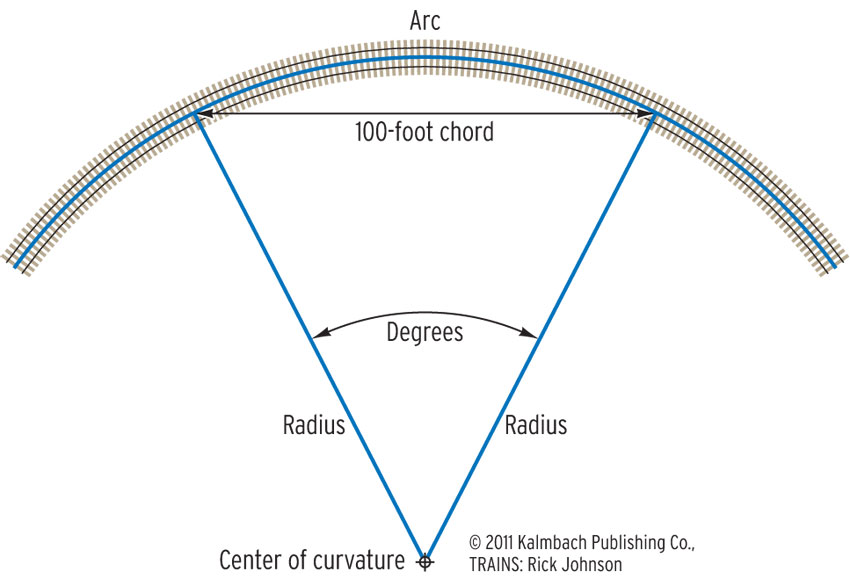

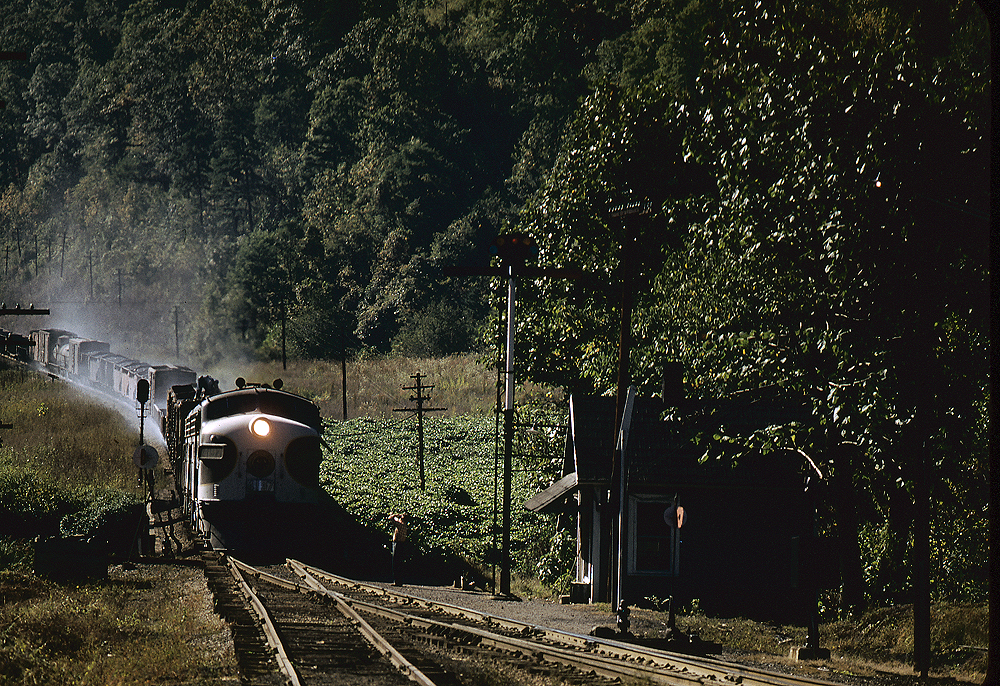
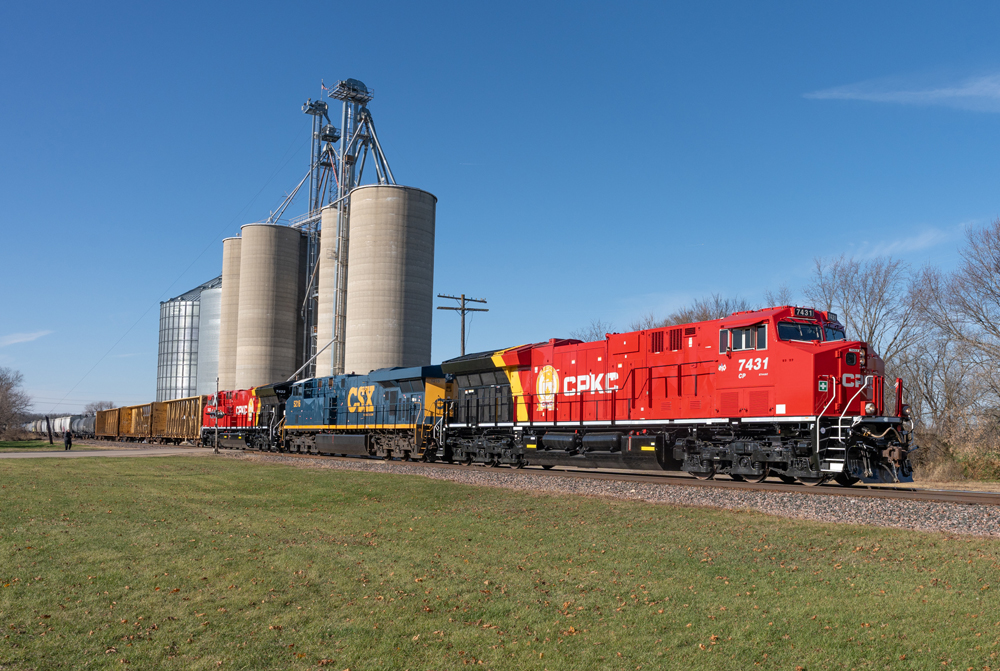
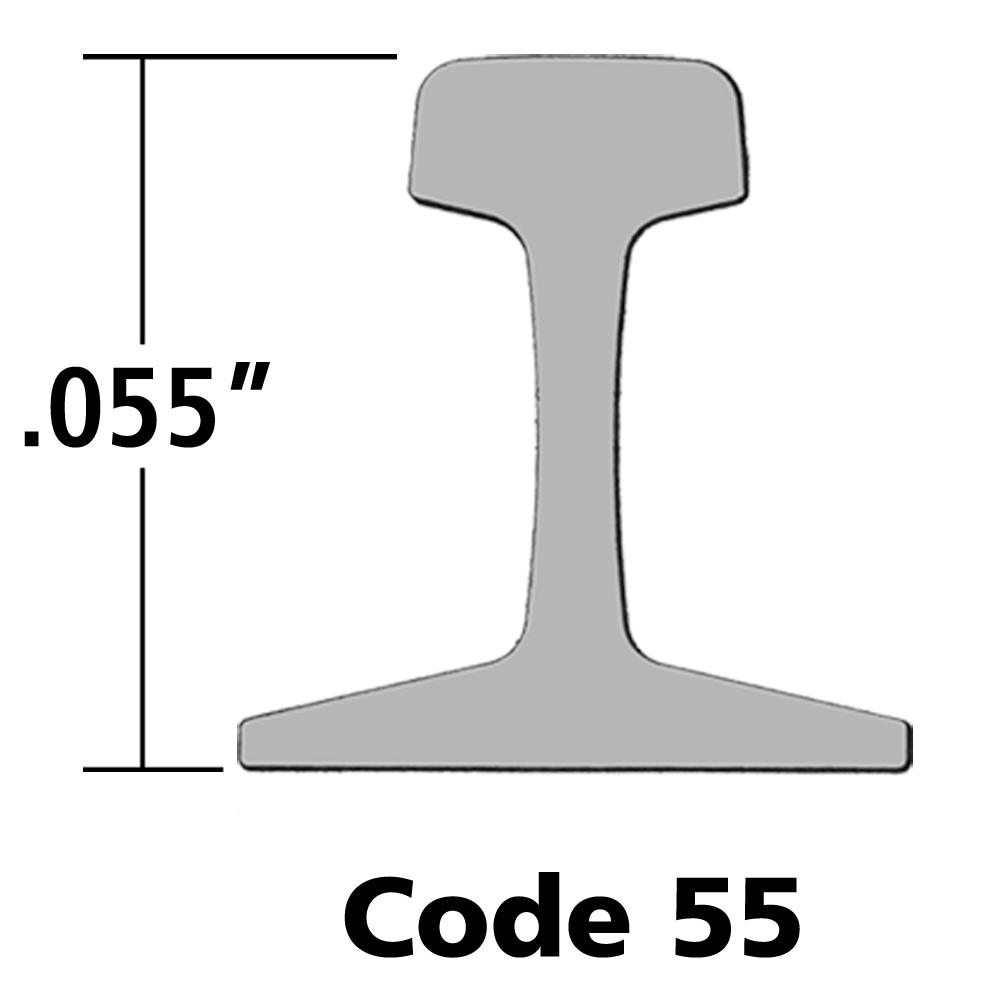
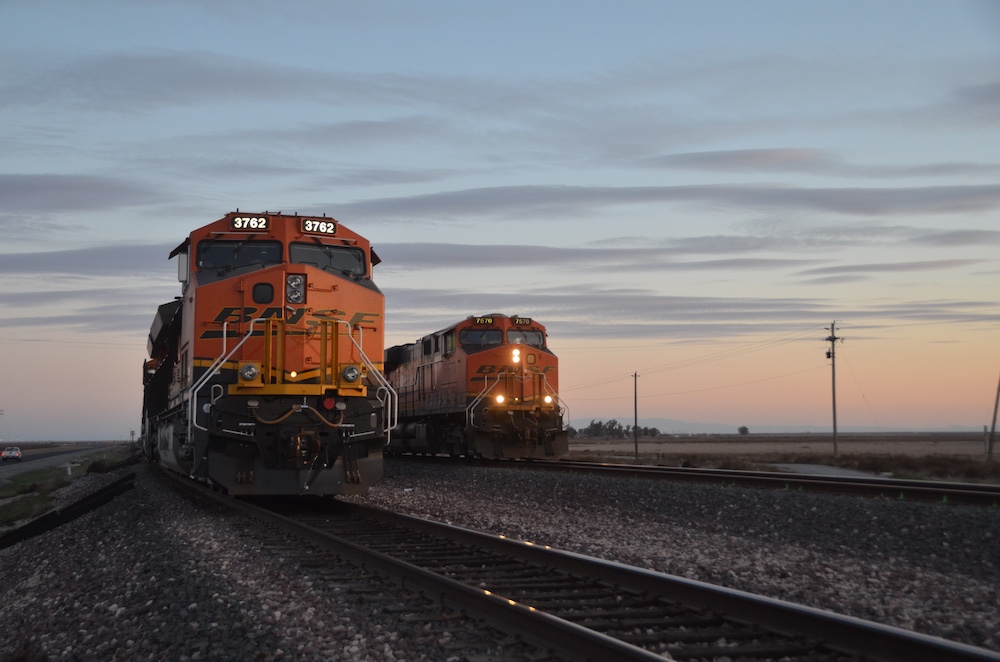




Very well written. How did the surveyors in the early times in America figure out curvature and alignments in rugged terrain? Thanks
Not very helpful. Where is a formula or chart?